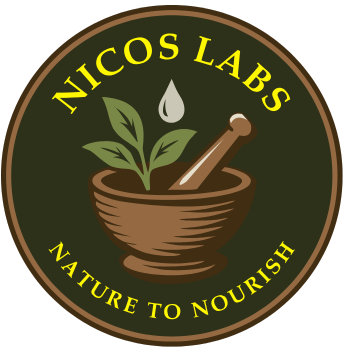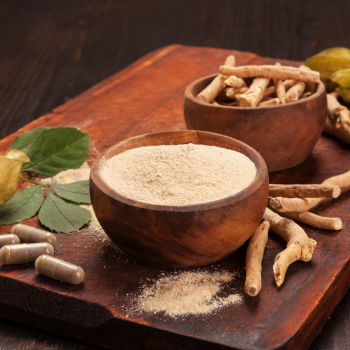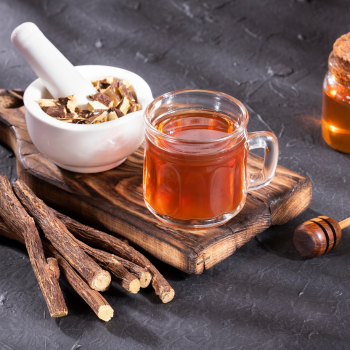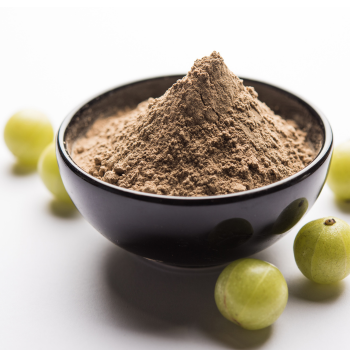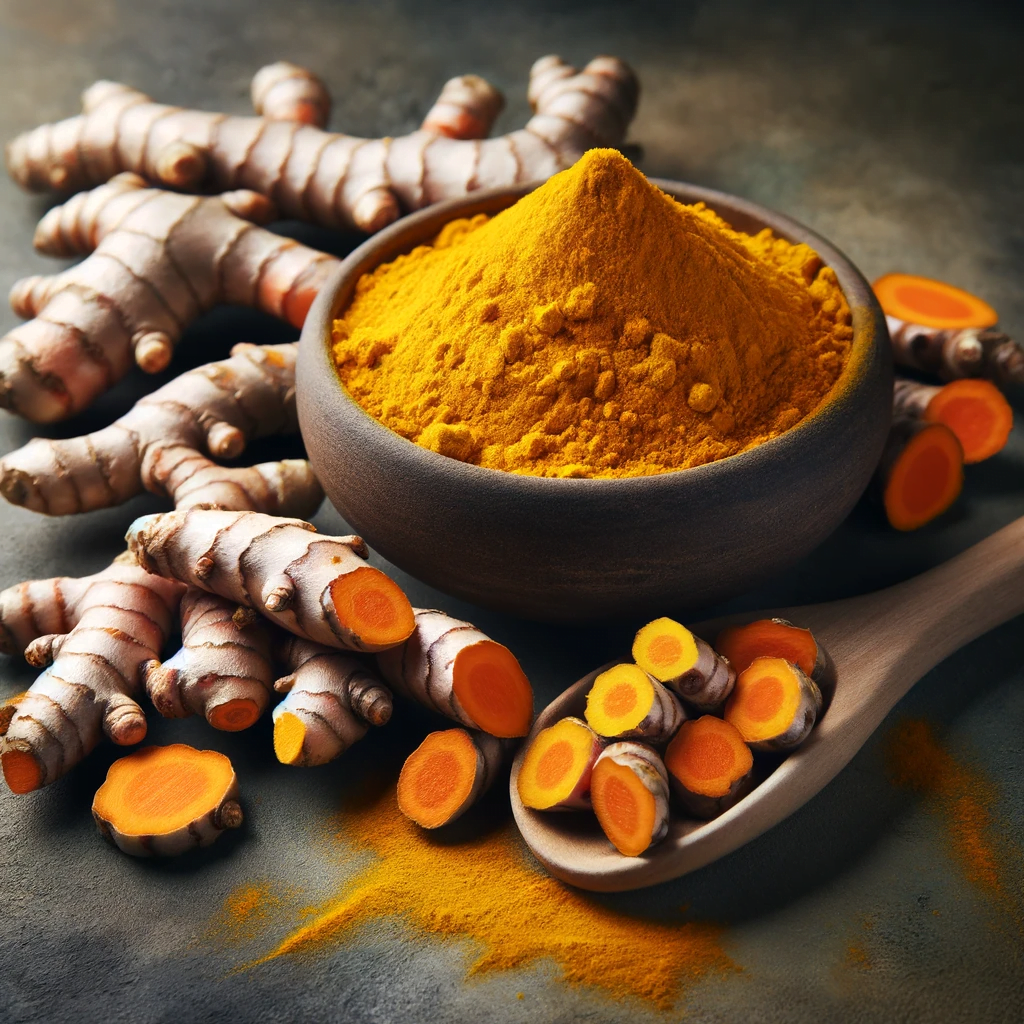🪨 Asphaltum (Shilajit), commonly known as Shilajit—one of the most revered substances in traditional Ayurvedic medicine:
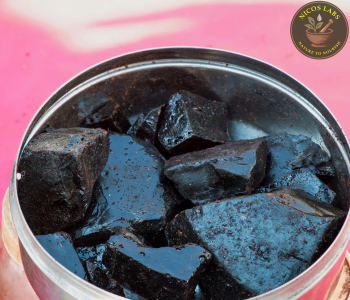
Common Names: Shilajit, Mineral Pitch, Mumijo, Silajatu
Sanskrit Meaning: “Conqueror of mountains and destroyer of weakness”
Botanical/Geological Origin: A sticky resinous exudate from rocks in the Himalayas, Altai, Tibet, and other mountain regions
Color & Texture: Dark brown to blackish resin; tar-like, soft in warm temps, brittle in cold
Source: Organic matter compressed over centuries by geological pressure
🔬 Key Active Components
- Fulvic Acid – Enhances nutrient absorption, detoxifies cells
- Humic Acid – Supports immunity and anti-inflammatory effects
- Minerals – Over 80 trace minerals including iron, calcium, magnesium, zinc
- Dibenzo-α-pyrones – Antioxidant compounds
- Amino Acids, Triterpenes, Sterols – Rejuvenating and restorative agents
💊 Health Benefits of Shilajit
| Area | Benefits |
|---|---|
| Energy & Vitality | Increases mitochondrial function, reduces fatigue |
| Reproductive Health | Enhances libido, sperm count, and testosterone in men |
| Anti-Aging | Promotes cellular repair and longevity |
| Cognitive Function | Supports memory, focus, and mental clarity |
| Immune System | Strengthens overall immunity |
| Bone & Joint Health | Aids calcium absorption and reduces inflammation |
| Detoxification | Removes heavy metals and deep-seated toxins |
| Adaptogen | Increases resilience to stress and anxiety |
🌼 Ayurvedic Properties
| Property | Description |
|---|---|
| Rasa (Taste) | Tikta (bitter), Kashaya (astringent) |
| Virya (Potency) | Ushna (heating) |
| Vipaka (Post-digestive) | Katu (pungent) |
| Effect on Doshas | Balances Vata, Pitta, and Kapha — Tridoshic |
| Rasayana | Powerful rejuvenator, used in anti-aging therapies |
Used in Ayurvedic classics like Charaka Samhita and Sushruta Samhita to treat:
- Diabetes (Prameha)
- Sexual debility (Shukra Kshaya)
- Weakness, fatigue, and premature aging (Jara)
🧪 Forms of Use
- Raw Resin (most potent) – Pea-sized amount dissolved in warm water or milk
- Capsules/Tablets – Standardized extract form
- Powder – Less potent but used in blends
- Formulations – Found in classical Rasayana combinations like Chyawanprash
⚠️ Precautions & Notes
- Use only purified Shilajit — raw or unprocessed forms may contain heavy metals
- Not recommended in acute fevers or Pitta imbalance
- Avoid during pregnancy and lactation unless advised
- Start with small doses (200–500 mg/day) and increase gradually
